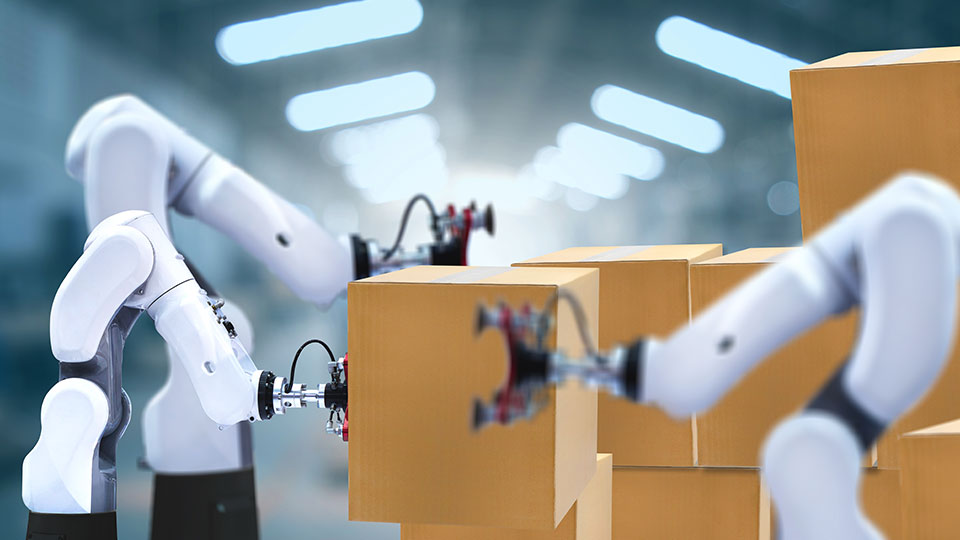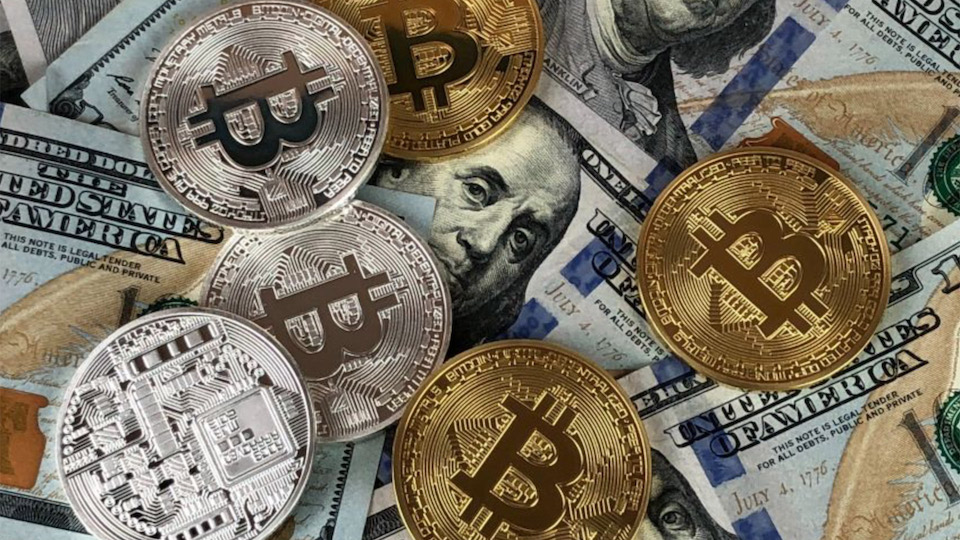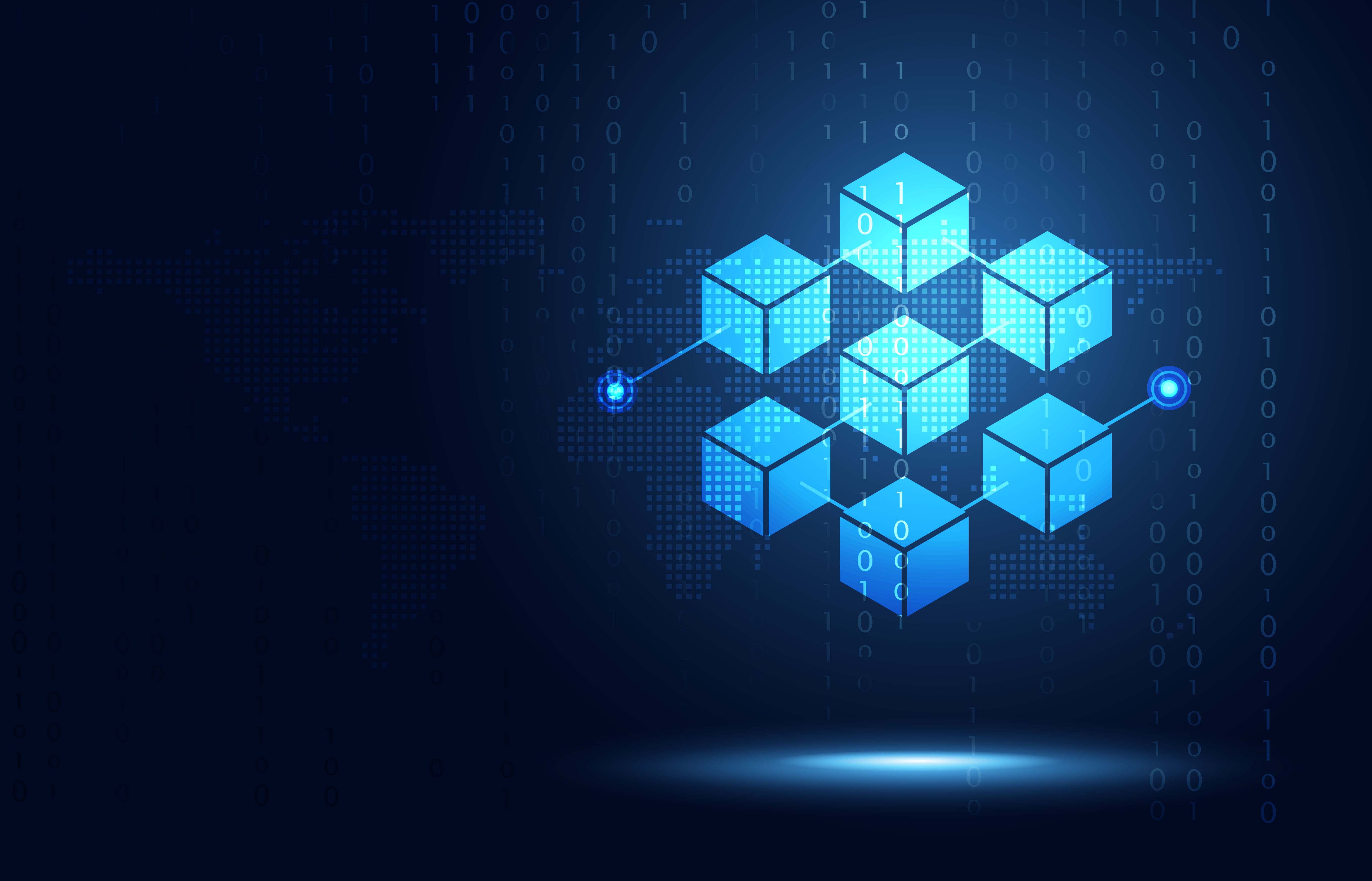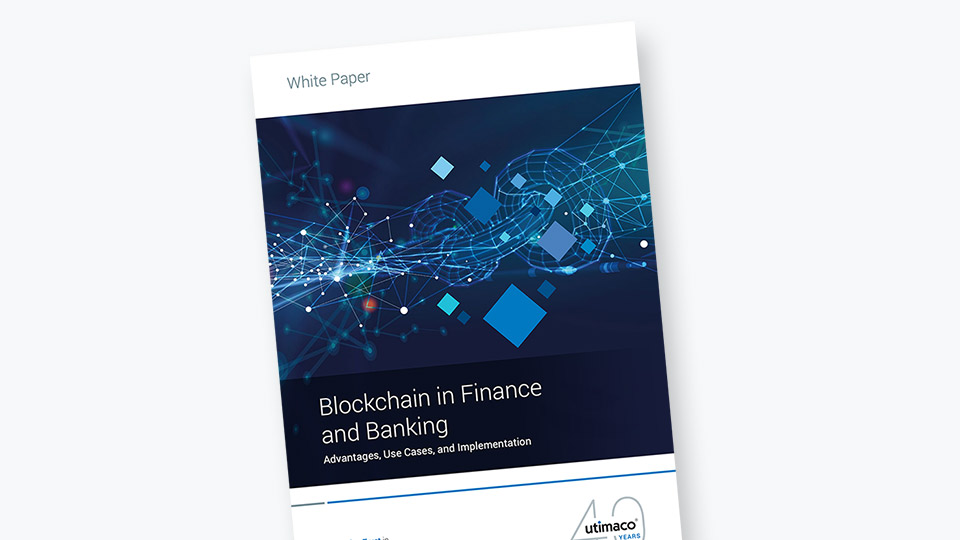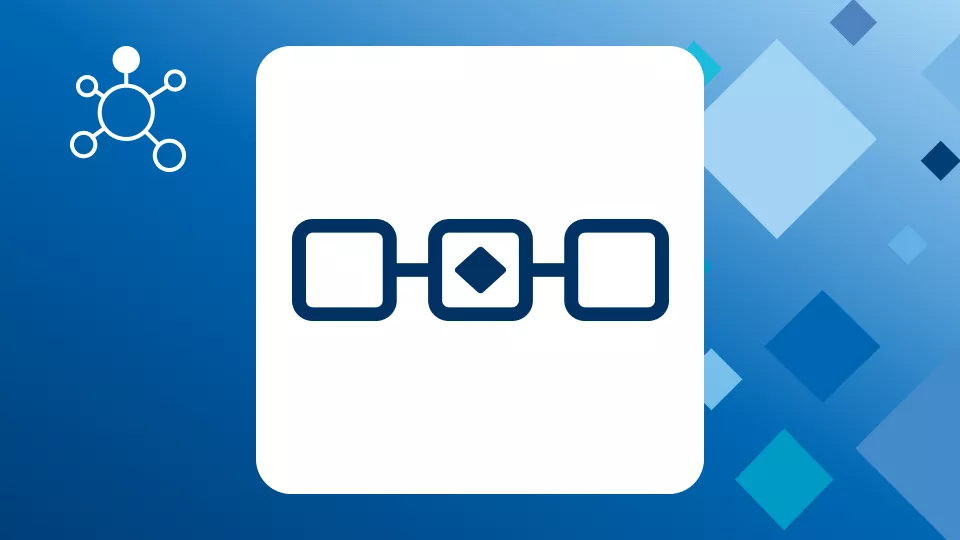Definition: Cryptocurrency is a digital or virtual currency secured by cryptography and is based on a network that is distributed across a large number of computers. It is monitored and organized by a peer-to-peer network called a blockchain, which also serves as a secure ledger of transactions. Due to the decentralized structure of cryptocurrency, this allows the currency to exist outside the control of governments and central authorities.
Cryptocurrency explained
Digital or virtual currency supported by cryptography technology systems are known as cryptocurrencies and work as a ‘medium of exchange’ over a computer network and stored electronically on the blockchain. Cryptocurrency does not exist in physical form - it is a decentralized digital currency designed to be used over the internet. The term "crypto" refers to the numerous cryptography techniques, such as hashing, public-private key pairs, and elliptical curve encryption, that protect these entries.
A distributed ledger, a computerized database that uses strong encryption to secure transaction records is used to keep individual coin ownership records, control the creation of new coins, and verify the transfer of coin ownership.
Paying with Cryptocurrency
When paying with cryptocurrency, you do not have to give the seller any unnecessary personal information. This guarantees that no third parties, including banks, payment systems, and credit-rating agencies, will have access to financial information. As a result, because no sensitive information needs to be sent over the internet, there is very little risk of bank informationbeing compromised or anidentity being stolen.
Depending on how they are utilized, individual cryptocurrency units may be referred to as coins or tokens. Some can be used to participate in specific software programs such as games and financial products, while others can be used as stores of value, or as units of exchange for goods and services.
The first cryptocurrency, Bitcoin, which launched in 2008, is still by far the most popular, influential, and largest. Since then, Bitcoin and other cryptocurrencies, like Ethereum, have developed into viable digital alternatives for currency. Typically, no government or other central authority issues or controls cryptocurrencies. Cryptocurrencies are managed by peer-to-peer networks of computers running free, open-source software.
Cryptocurrency and Blockchain technology
Blockchain technology is essential to cryptocurrency functionality. Blockchain is a collection of connected blocks, or an electronic ledger, as its name suggests. A group of transactions are contained in each block, and each member of the network is required to validate each transaction independently.
The units of cryptocurrency are created through cryptographic algorithms that are maintained and confirmed in a process called mining. Mining is the process of validating cryptocurrency transactions and creating new units of cryptocurrency. Powerful computer hardware and software are used in the mining process to solve complex mathematical problems that generate coins.
Organizations of all sizes can easily implement powerful, secure, and resilient blockchain applications, safeguarded by HSMs solutions from Utimaco.




